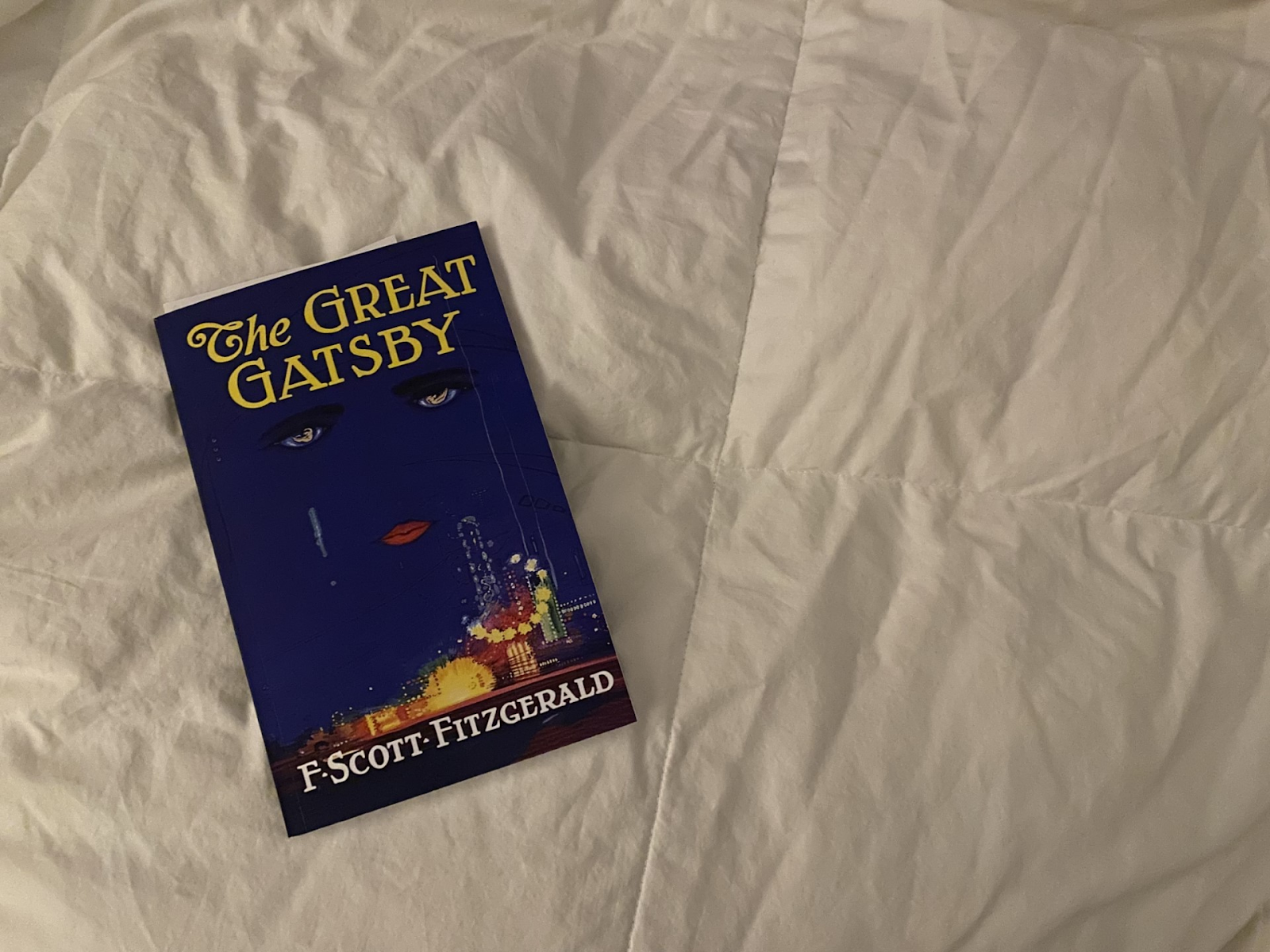If you’ve ever been in a high school English class, you’ve without a doubt heard of or read the 1925 novel “The Great Gatsby” by F. Scott Fitzgerald.
The accomplishment of reading the book is like a rite of passage in the field of literacy, a complete and total representation of high school literature. It’s the type of book that when you mention you’re reading it in class, your parents promptly begin to recount when they read it in high school too. In other words, it’s a classic.
And yet, when you ask someone what the book is about, they are sure to hesitate. What is The Great Gatsby about? That question holds many answers, which is not necessarily uncharacteristic of a well-crafted story, but it begs the question: is The Great Gatsby open to interpretation because it was intended to be, or because it is no longer relevant today, nearly one hundred years after it was published?
Set in New York during the 1920s, “The Great Gatsby” is narrated by the observant Nick Carraway, who becomes swept up in the life of his enigmatic neighbor Gatsby. Gatsby is on a mission to win back the heart of his ex-fiance Daisy with his mysteriously earned wealth, despite her marriage to the brutal Tom Buchanan.
The Decameron edition of the book summarizes The Great Gatsby as “…exploring themes of decadence, idealism, social stigmas, patriarchal norms, and the deleterious effects of unencumbered wealth in capitalistic society, set against the backdrop of the Jazz Age and the Roaring Twenties. At its heart, it’s a cautionary tale, a revealing look into the darker side to the American Dream.”
Similarly, Britannica describes The Great Gatsby as “…a pessimistic example of the American Dream.”
At Leesville, students in English III and AP Language and Composition are currently reading The Great Gatsby as their last book of the semester. While some students enjoy and resonate greatly with the book, others feel that the book is hard to connect with.
Erica Stevens, junior, said, “I think it’s about the tensions between old money and new money, and the superficial nature of the capitalistic world…but it’s also just about rich people. Rich, white people.
Stevens makes an interesting point — the lifestyle of the 1920s elite is actually not so dissimilar from the lifestyle of the elite today.
Stephen Shingler, art teacher at Leesville, made a similar connection. Shingler read The Great Gatsby when he was in 10th grade, and has reflected on it since.
“As a high school student ,it was not relatable in the early 90s,” said Shingler. “But what was interesting was the main character, and I remember specifically a detail in the story that his books were not actually books, but they were just covers with nothing inside of them. It was all just a facade.”
“I remember that very vividly, and that’s where I can kind of connect it to it being relevant today. These characters lived with this reality, they drove these cars, they threw these crazy parties, but really they’re just sad people and extremely lonely,” said Shingler. “But it was so important that they were seen a certain way…and isn’t that exactly how we live on social media? We only show and curate a life that is enjoyable to look at and we get some sort of gratification from that. I think that the social elite we see online is not that far removed from the social elite in that story.”
The connections between the behavior of the upper class in The Great Gatsby and the upper class today are uncanny. The practice of crafting a facade in order to try and appear less lonely is something that has continued throughout time, and still existed one hundred years ago when The Great Gatsby was published.
At the end of the day, the book is not really about being rich and throwing riotous parties and having scandalous love affairs. It’s about the nuanced human experience of loneliness and unfulfillment, and the ways that people try to fill those voids.
The Great Gatsby is perhaps one of the most misunderstood American classics, and despite its mysterious quality that may make it seem confusing, it’s an important book to be studied. Fitzgerald’s commentary on the relationship between money, dreams, and happiness are timeless and relevant, even if the characters themselves are far removed from the audience’s understanding.

Hi, I’m Clara. I’m a co-founder of Leesville’s Earth & Sustainability Club and a Varsity member of the Track & Field team.

Leave a Reply